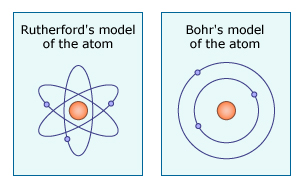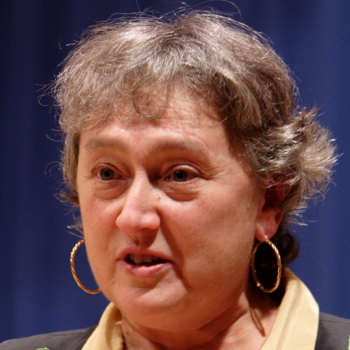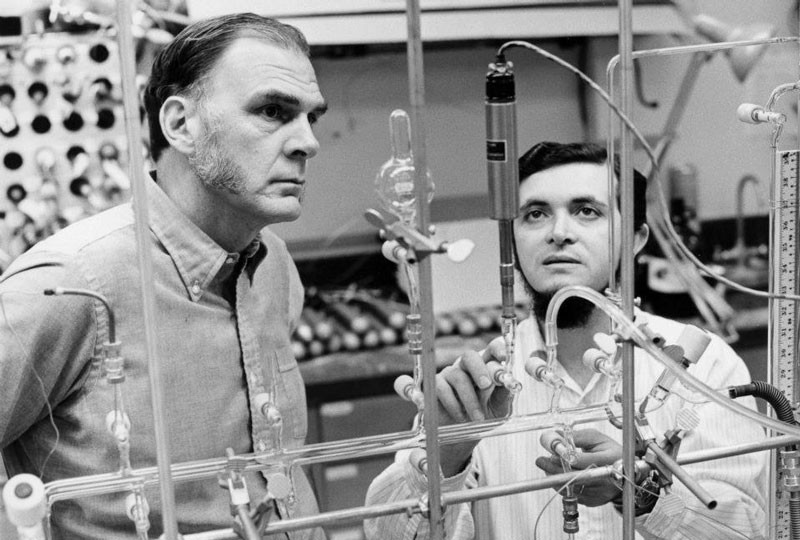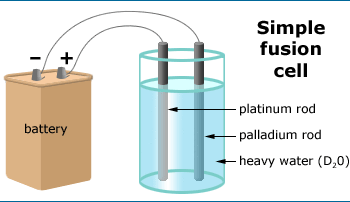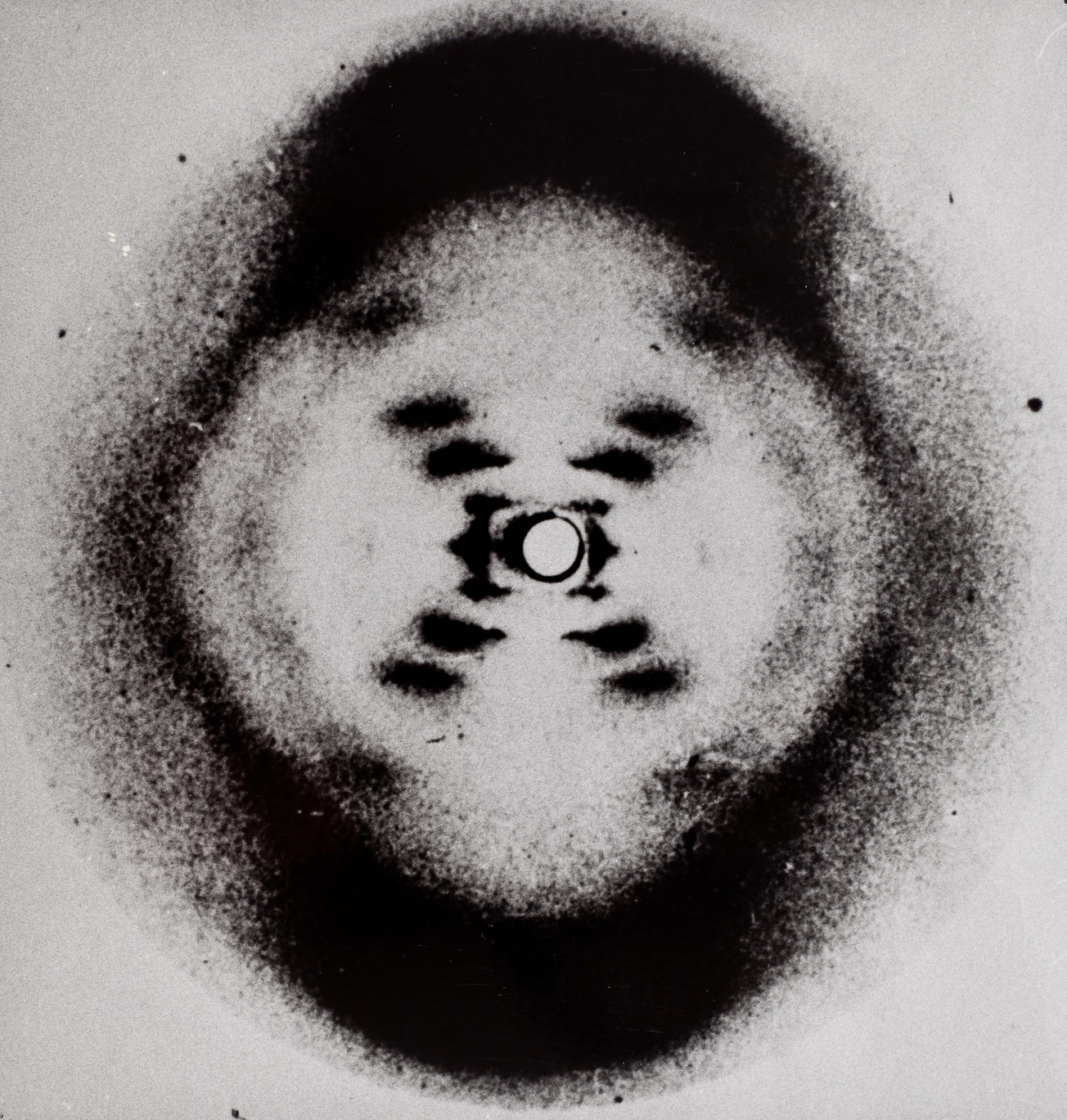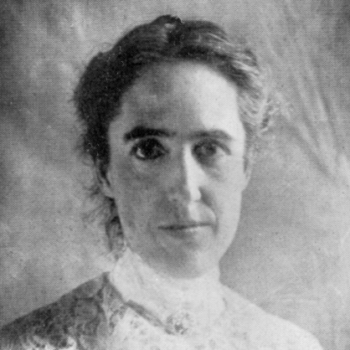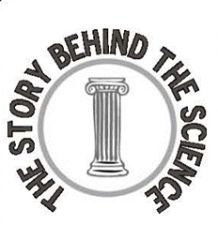Found 13 resources for the concept:
Science aims to build increasingly broad and coherent explanations of the natural world.
A science prototype: Rutherford and the atom
Grade Level(s):
- 9-12
- College
Source:
- UC Museum of Paleontology
Resource type:
- classroom activity
- Science Story
Discipline:
- Physical Sciences
Time: 30 minutes
Overview
Have your students read the full article on Rutherford's investigations of the atom and compare it to the Science Checklist in order to explore the key traits that make science science. Get more tips on using Science Stories in class.
Beyond the prototype: Animal psychology
Grade Level(s):
- 9-12
- College
Source:
- UC Museum of Paleontology
Resource type:
- Science Story
Discipline:
- Life Science
Time: 15 minutes
Overview
Have your students read about an investigation of animal navigation and compare it to the Science Checklist in order to explore the key traits that make science science. Get more tips on using Science Stories in class.
Endosymbiosis: Cells within cells
Grade Level(s):
- 9-12
- College
Source:
- UC Museum of Paleontology
Resource type:
- Science Story
Discipline:
- Life Science
Time: one period
Overview
This Science Story on endosymbiosis explores the career of microbiologist Lynn Margulis and how an unlikely idea overcame strong resistance within the scientific community and finally came to be an accepted part of evolutionary theory. Get tips for using science stories in class.
High altitude adaptations: The work of Emilia Huerta-Sánchez
Grade Level(s):
- College
Source:
- UC Museum of Paleontology
Resource type:
- research profile
- Science Story
Discipline:
- Life Science
Time: 1 hour
Overview
This research profile tells the story of Emilia Huerta-Sánchez and how she uses mathematical modeling to answer evolutionary questions. Students examine data visualizations and learn about the process of science while focusing on adaptations, allele frequencies, and natural selection. Get tips on using Science Stories in class.
Introducing the Understanding Science flowchart
Grade Level(s):
- 9-12
- College
Source:
- UC Museum of Paleontology
Resource type:
- classroom activity
Discipline:
- Earth science
Time: 90 minutes
Overview
Students participate in a quick activity and discuss whether they were doing science. They then read a story about Walter Alvarez, discuss the process of science, and trace his scientific journey using the Science Flowchart.
Scientists at work
Grade Level(s):
- 9-12
- College
Source:
- Biointeractive
Resource type:
- classroom activity
Discipline:
- General
Time: 50-150 minutes
Overview
In this activity, students can analyze text or film-based resources, as well as student-driven inquiry projects to reflect on the process of science using the science flowchart journaling tool. This document suggests a possible implementation strategy that complements BioInteractive’s Scientists at Work videos, as well as other media.
The Hobbit: When scientists disagree about the evidence
Grade Level(s):
- 9-12
- College
Source:
- Visionlearning
Resource type:
- classroom activity
Discipline:
- Life Science
Time: One class period
Overview
This classroom activity, adapted from an exercise on PBS's NOVA website, provides an excellent example of an active debate within the scientific community regarding a relatively recent human fossil find, Homo floresiensis.
The science checklist applied: CFCs and the destruction of the ozone layer
Grade Level(s):
- 9-12
- College
Source:
- UC Museum of Paleontology
Resource type:
- Science Story
Discipline:
- Earth science
- Physical Sciences
Time: 15 minutes
Overview
Have your students read about the investigation of the hole in the ozone layer and compare it to the Science Checklist in order to explore the key traits that make science science. Get more tips on using Science Stories in class.
The science checklist applied: Cold fusion
Grade Level(s):
- 9-12
- College
Source:
- UC Museum of Paleontology
Resource type:
- Science Story
Discipline:
- Physical Sciences
Time: 15 minutes
Overview
Have your students read about an investigation of cold fusion and compare it to the Science Checklist in order to explore the key traits that make science science. Get more tips on using Science Stories in class.
The science checklist applied: Solving DNA’s double helix
Grade Level(s):
- 9-12
- College
Source:
- UC Museum of Paleontology
Resource type:
- Science Story
Discipline:
- Life Science
Time: 15 minutes
Overview
Have your students read about the investigation of DNA's double helix and compare it to the Science Checklist in order to explore the key traits that make science science. Get more tips on using Science Stories in class.
The science checklist applied: Studying variable stars
Grade Level(s):
- 9-12
- College
Source:
- UC Museum of Paleontology
Resource type:
- Science Story
Discipline:
- Space science
Time: 20 minutes
Overview
Students can use this reading, along with the Science Checklist, to investigate the features that make science science while learning about an early female astronomer. Get tips for using science stories in class.
The story behind the science
Grade Level(s):
- 9-12
- College
Source:
- Iowa State University
Resource type:
- article
Discipline:
- Earth science
- Life Science
- Physical Sciences
- Space science
Time: Variable
Overview
Thirty stories spanning five disciplines help students explore key science concepts through the eyes of the scientists who were involved, while emphasizing the nature and process of science.
What do you think it means to be human?
Grade Level(s):
- 9-12
- College
Source:
- Smithsonian National Museum of Natural History
Resource type:
- classroom activity
Discipline:
- Life Science
Time: 50 minutes
Overview
This first lesson of the "What does it mean to be human?" sequence sets a scientific frame of mind for students as they begin to explore the question, "What do you think it means to be human?" This lesson sets an important tone by highlighting that other lines of human inquiry outside of science are important for answering this question on a personal level, but the class will focus on a scientific definition of "humanity." Students learn to distinguish questions that could be addressed by the methods of science and those that could not, and they practice applying these criteria.

